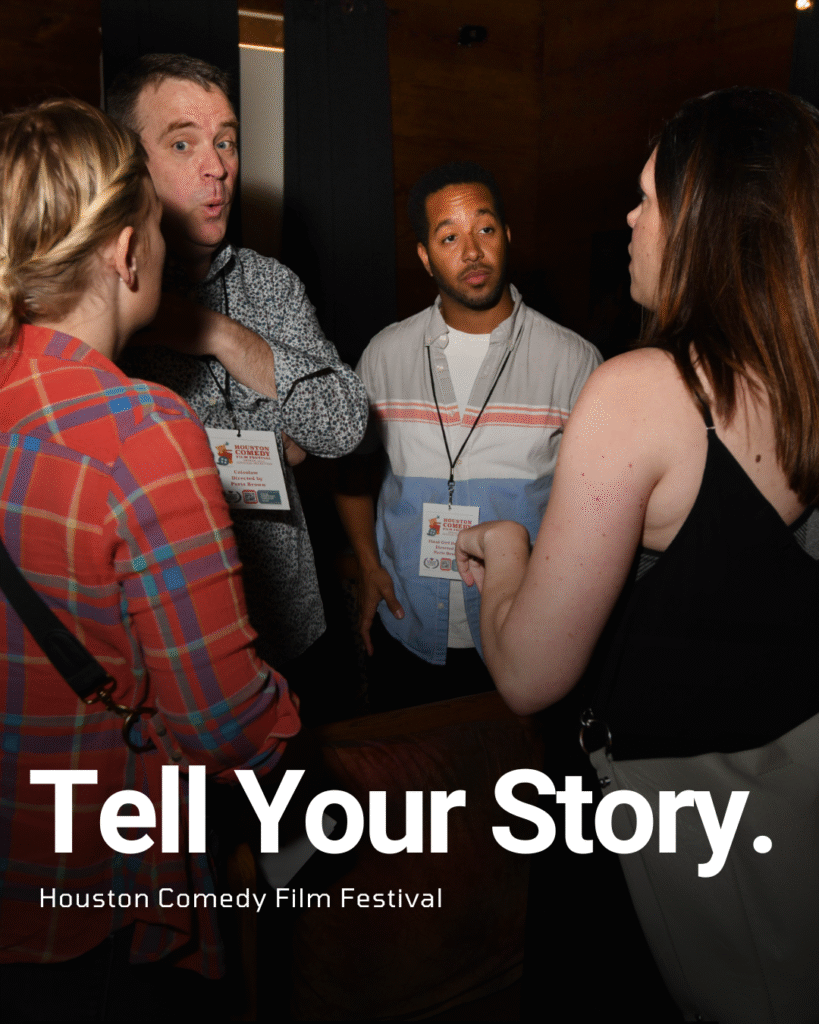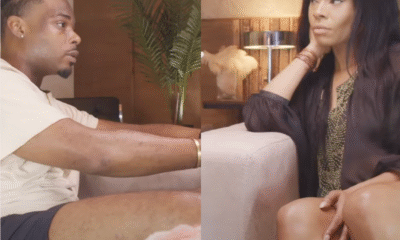Entertainment
Breaking Down Joao’s ‘Below Deck Down Under’ Feuds on August 15, 2023 at 5:54 pm Us Weekly

João Franco. Youtube
João Franco‘s surprise appearance on season 2 of Below Deck Down Under wasn’t exactly smooth sailing due to his past issues with Aesha Scott and Tzarina Mace Ralph.
During back-to-back episodes on Monday, August 14, João reunited with Aesha after viewers previously watched their drama unfold on Below Deck Mediterranean.
“He’s the worst,” Aesha said in a confessional before addressing her issues directly with João. “I think we both know we didn’t end on great terms last time we worked together. But I think we should just leave it in the past. We are both heads of department so I think we’ll just [start over].”
João, for his part, admitted he wasn’t always the best version of himself while filming the hit Bravo series.
“Aesha and I have exchanged words to say the least. Take me back to five years ago. You’d hate me,” he reflected. “Jezebob is my alter-ego [when I am drunk]. It’s a God-forsaken dude that just kept f—king my relationships up with everyone. But Jezebob’s not around anymore. With Aesha, I think we both deserve each other’s second chances.”
Aesha Scott. Mark Rogers/Bravo
Later in the episode, Aesha referred to João as “extremely manipulative,” adding, “He’s disrespectful and extremely judgmental. He’s a f—king c—t at heart.”
João and Aesha previously struggled while filming season 4 of the Below Deck spinoff series. The former bosun’s judgmental commentary about Aesha’s attire and behavior ultimately led to her blocking him on social media once cameras stopped rolling.
“I noticed when he was last on Watch What Happens Live With Andy Cohen when he mentioned like, ‘Oh, I don’t understand why Aesha [and Hannah Ferrier] blocked me. We left such good friends,’” Aesha said during her own WWHL appearance in September 2019. “The reality is he bullied me every single day onboard. He never stopped judging me and criticizing me. When we left, you’ll notice on the last episode tonight, I didn’t even hug him goodbye. I was so sick of him treating me like crap. So I don’t know where he gets this from that we left such good friends.”
João’s history with Aesha isn’t the only rift he had to address when coming on board. Tzarina surprised her coworkers when she revealed her own issues with João.
“He was with one of my best mates and he f—ked her over,” she explained. “He’s definitely a guy’s guy and a womanizer. I also said if I saw him again that I will punch him in the face for her.”
The chef continued: “I know João from mutual friends in Parma. Then also the fact that he dated one of my best friends and I was hooking up with one of his best friends two years ago. João just really f—ked over my friend big time. Lying, deceit and totally messing around. It’s going to make it really awkward this season on the boat.”
After Tzarina’s friend told her to make it through the charter season with João, Aesha started to question the duo’s unexpected friendship. Tzarina, meanwhile, was surprised when Aesha accused her of being “all over” João.
“You don’t see everything that goes on. I’ve seen a totally different side of him,” Tzarina noted. “You think I am going to sleep with him? No, he’s like a bro! I’m trying to bring him into the group. I’m trying to make him feel comfortable. I hope I am going [above and beyond].”
During a confessional, Tzarina clarified where she stands with João, saying, “I am not going to sleep with João. I know she’s trying to protect me and she has very good reasons why. But I’m smarter than that.”
In addition to his past feuds, João also ended up not bonding immediately with deckhands Culver Bradbury, Harry Van Vliet and Adam Kodra. João was shocked to find out through Tzarina that his team didn’t think he was pulling his weight after taking over for Luke Jones.
Below Deck Down Under airs back-to-back episodes on Bravo Mondays at 8 p.m. ET.
João Franco‘s surprise appearance on season 2 of Below Deck Down Under wasn’t exactly smooth sailing due to his past issues with Aesha Scott and Tzarina Mace Ralph. During back-to-back episodes on Monday, August 14, João reunited with Aesha after viewers previously watched their drama unfold on Below Deck Mediterranean. “He’s the worst,” Aesha said
Us Weekly Read More
Entertainment
Kim and Kanye’s Daughter North West Faces Criticism Over Her Tattoos

North West, the 12-year-old daughter of Kim Kardashian and Kanye West, is under the spotlight once again — this time for showing off a collection of tattoos that set social media on fire. In recent photos and videos circulating online, North was seen with several arm designs, including tributes to her parents and fashion-inspired symbols. While fans were quick to admire her bold style, not everyone was impressed.
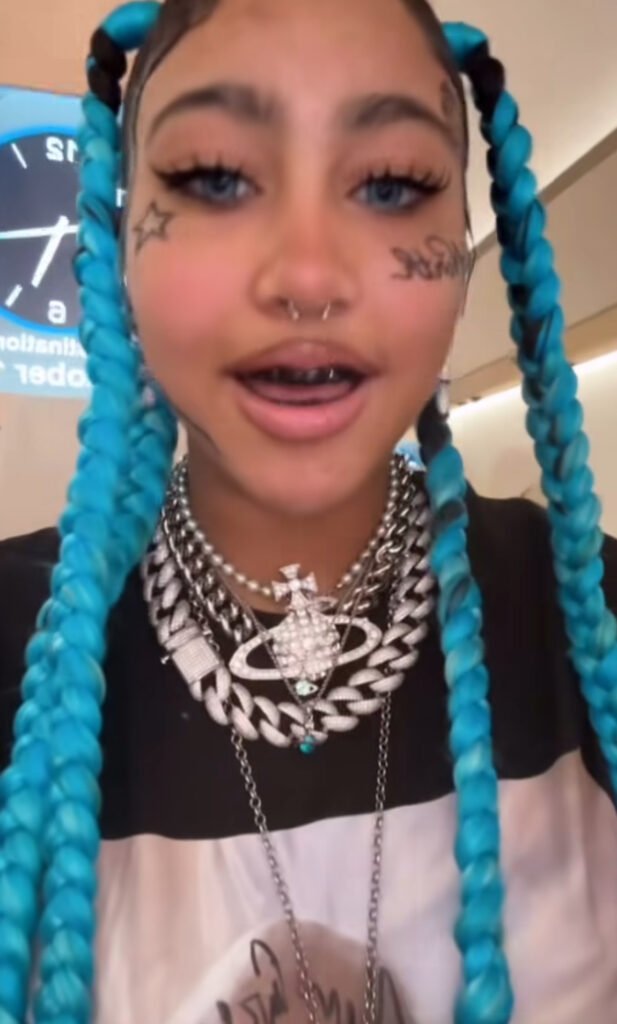
Critics argue that the tattoos — even though they appear to be temporary — are another example of celebrity children being pushed into adult trends too early. Comments flooded social media platforms, with some users saying Kim allows North too much freedom, while others defended the reality star’s parenting approach, praising her for letting her daughter explore creativity and self-expression.
“Kids should be kids,” one commenter wrote, reflecting a broader sentiment among parents online. Meanwhile, supporters pointed out that North comes from one of the most fashion-forward families in the world and that experimenting with style is part of her upbringing.
Kim Kardashian has not directly addressed the controversy, but she has often spoken about encouraging her children to express themselves authentically. North, already known for her viral TikTok appearances and fashion collaborations, seems unfazed by the criticism.
At just 12, North West continues to blur the lines between youth culture and celebrity identity — reminding the public that in the Kardashian–West household, individuality isn’t just allowed, it’s celebrated.
Entertainment
Jennifer Lopez’s Ex Fires Back: “You Are the Problem”

Ojani Noa Accuses J.Lo of Cheating After “Never Been Loved” Comments
Jennifer Lopez is once again at the center of a media storm — but this time, it’s her first husband, Ojani Noa, turning up the heat. Following Lopez’s recent Howard Stern Show interview, in which she claimed she has “never been truly loved” by any of her exes, Noa has publicly accused the superstar of cheating and playing the victim.
In the viral Instagram post that has now spread across major outlets like TMZ and New York Post, Noa didn’t hold back.
“Stop putting us down. Stop putting me down with your victim card,” he wrote. “The problem is not us. Not me. The problem is you. You’re the one who couldn’t keep it in your pants.”
“You Chose Fame and Lies Over Love”
Noa and Lopez were married briefly from 1997 to 1998, before her rise to Hollywood superstardom. In his explosive statement, he accused her of being unfaithful during their marriage, claiming she prioritized fame over their relationship.
“You have been loved a few times. You’ve been married four times. And have had countless relationships in between,” Noa continued. “You decided to lie, to cheat on me. You begged me to keep the marriage intact to avoid bad press.”
Noa described himself as “faithful, honest, and loving,” saying he uprooted his life and career to support Lopez at the beginning of her entertainment journey. “I left my family, my friends, everything behind for you,” he wrote, “but once fame came calling, you left me behind.”
Lopez Silent Amid Growing Backlash
As of now, Jennifer Lopez has not publicly responded to Noa’s allegations. During her Howard Stern interview, the singer and actress claimed her former partners “weren’t capable” of loving her, saying, “It’s not that I’m not lovable… it’s that they’re not capable.”
Her remarks were widely interpreted as referencing all of her ex-husbands — including Marc Anthony, Cris Judd, and Ben Affleck — but it was Noa who reacted first and most forcefully. His comments have ignited widespread debate online, with many questioning whether Lopez’s honesty came at the expense of others’ reputations.
Public Response and Media Fallout
The online reaction has been intense, with social media users split between defending Lopez’s right to share her truth and blasting her for allegedly rewriting history. Meanwhile, entertainment analysts note that the controversy adds to an increasingly turbulent year for the singer, following canceled tours, underperforming films, and ongoing scrutiny over her marriage to Affleck.
This latest backlash has also reignited conversations about Lopez’s highly publicized romantic history. As tabloids and fans speculate whether more exes might respond, the situation underscores an old truth in celebrity culture — that every candid confession comes with consequences.
For now, Jennifer Lopez remains silent. But in the court of public opinion, the debate about who’s really at fault in her love story is only just beginning.
Entertainment
Selling Your Soul in Hollywood: The Hidden Cost of Fame
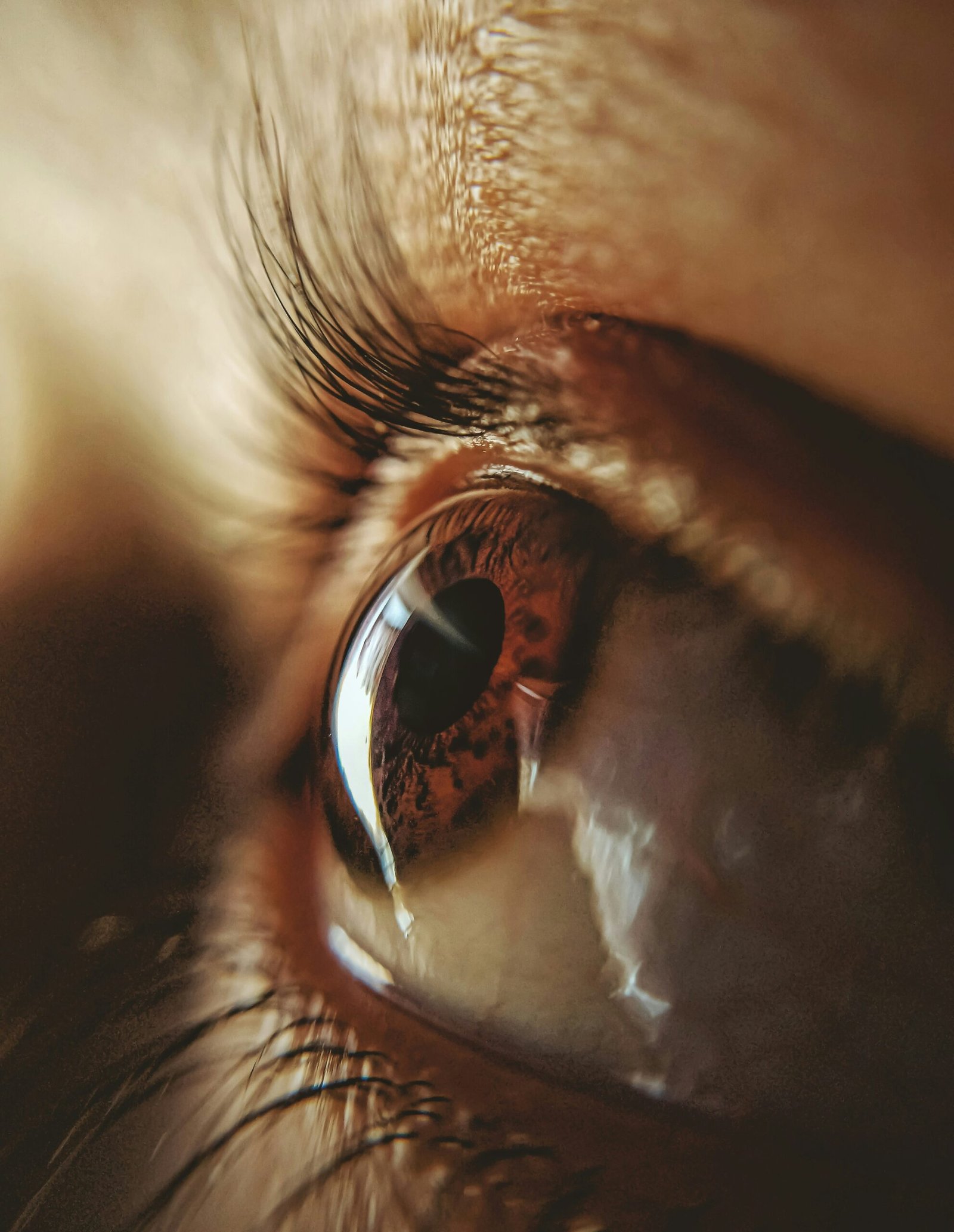
By all appearances, Hollywood is a dream factory — a place where charisma, talent, and luck collide to create stars. But behind the camera lights and red carpets lies a conversation few inside the industry speak openly about: the spiritual and moral price of ambition.
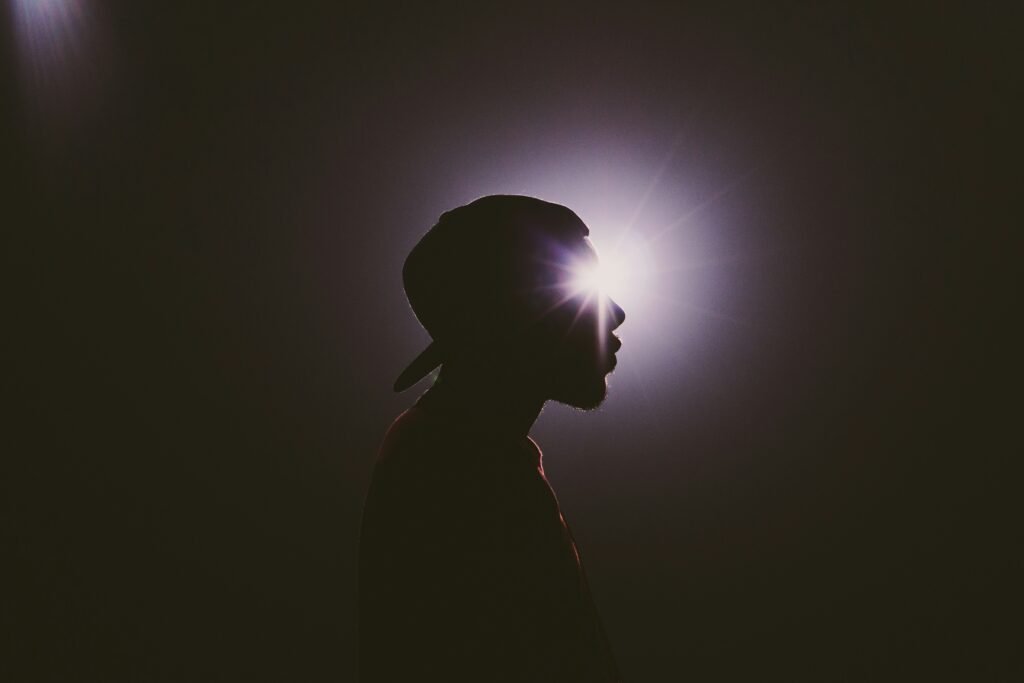
For actor Omar Gooding, the idea of “selling your soul” in Hollywood isn’t a metaphor — it’s a moral process that begins with tiny compromises. In an October 2025 interview, Gooding explained that no one in Hollywood makes a literal deal with the devil. Instead, it’s the quiet yeses, the moments when comfort overrides conviction, that mark the beginning of the trade. “They don’t say, ‘Take this or you’ll never make it,’” he said. “They just put it in front of you. You choose.”
Those choices, he argues, create a pattern. Once you show that you’ll accept something you once resisted, the industry notices. “Hollywood knows who it can get away with what,” Gooding said. “One thing always leads to another.” The phrase “selling your soul,” in this context, means losing your say — doing what you’re told rather than what you believe in.
That moral tension has long shadowed the arts. Comedians like Dave Chappelle, who famously walked away from millions to preserve his creative integrity, often serve as examples of where conviction and career collide. In resurfaced interviews, Chappelle hinted that he felt manipulated and silenced by powerful figures who sought control of his narrative, warning that “they’re trying to convince me I’m insane.”
This isn’t just about conspiracy — it’s about agency. Hollywood runs on perception. Performers are rewarded for being agreeable, moldable, entertaining. Those who question the machine or refuse the script risk exile, while those who conform are elevated — sometimes beyond what they can handle.
“We see the ‘collections’ all the time,” Gooding explained. “When the bill comes due, you can tell. They made that deal long ago.”
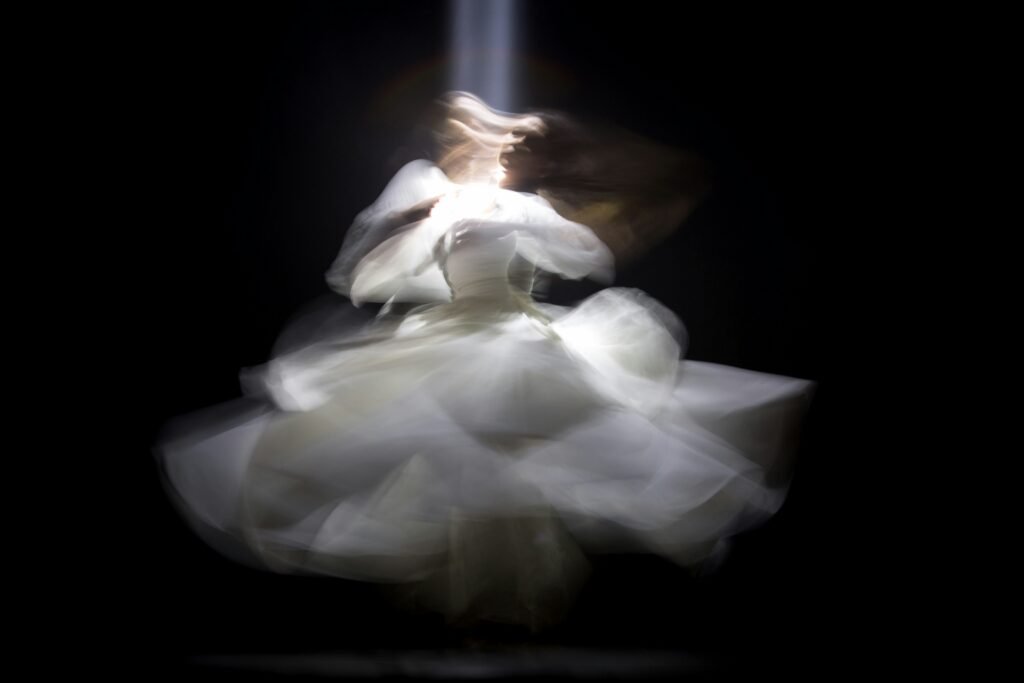
But the story doesn’t end in darkness. Gooding also emphasizes that in today’s entertainment landscape, artists have more control than ever. With streaming, social media, and creator‑driven platforms, performers don’t have to “play the game” to be seen. Independent creators can build their own stages, speak their own truths, and reach millions without trading authenticity for access.
Still, the temptation remains — recognition, validation, quick success. And every generation of artists must answer the same question: What are you willing to do for fame?
As Gooding put it, “You just make the best choices you can. Because once it’s gone — your name, your peace, your soul — there’s no buying it back.”

 Entertainment4 weeks ago
Entertainment4 weeks agoExecutive Producer Debut: How Celia Carver Created Festival Hit ‘Afterparty’

 Business3 weeks ago
Business3 weeks agoWhy Are Influencers Getting $7K to Post About Israel?

 Health4 weeks ago
Health4 weeks agoWhy Did Gen Z QUIT Drinking Alcohol?

 Advice4 weeks ago
Advice4 weeks agoHow AI Is Forcing Everyone Into the Entrepreneur Game

 Entertainment3 weeks ago
Entertainment3 weeks agoKeith Urban and Nicole Kidman Split After 20 Years as Actress Files for Divorce

 Entertainment3 weeks ago
Entertainment3 weeks agoTilly Norwood’s Rise Stirs Controversy

 News3 weeks ago
News3 weeks agoHow a Government Shutdown Could Hit Your Life and Wallet

 Entertainment3 weeks ago
Entertainment3 weeks agoWhy Did Dakarai Trash His NBA Letters?




